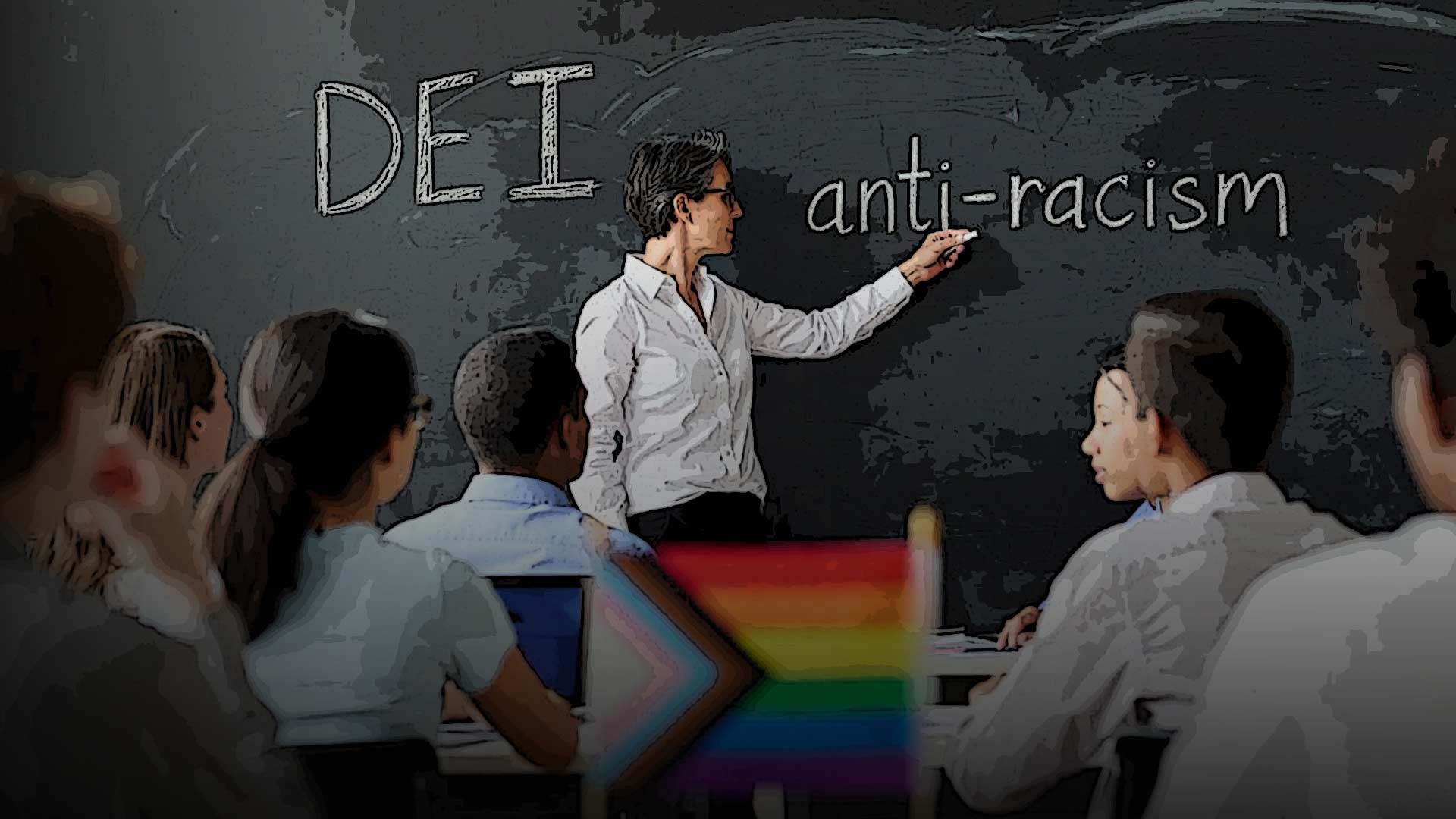
By Sarah Montalbano – Alaska Policy Forum
Understanding K-12 education financing is important for taxpayers to know where their money is going and how it is being used to provide a quality education for Alaska’s children. The “Citizen’s Guide to K-12 Funding in Alaska,” from the Legislative Finance Division breaks down how Alaska’s school districts are organized and funded from state, local, and federal sources. A link to the guide is embedded below this post.
What is the BSA?
The amount a school receives in state funding is based on its average daily membership (ADM), which is adjusted for factors related to the differing costs of individual students, then multiplied by the base student allocation (BSA) to come to a district’s “basic need.” The BSA in FY 23 is set in statute at $5,930, which is set to increase to $5,960 in FY 24.
The state’s foundation formula, which uses the BSA and adjusted ADM to calculate basic need, is the largest source of funding for Alaska’s school districts. The ADM is a count of enrolled K-12 students taken for 20 days ending the last Friday in October of each year. Enrollment counted in October of each year is not necessarily representative of average attendance in a school throughout the school year.
Adjustments are made to the ADM to try to account for the differing costs of individual students. Once these adjustments have been made, the Adjusted Average Daily Membership (AADM) is then multiplied by the BSA. The ADM is adjusted by six factors: school size, district cost, special needs, career and technical education, intensive services, and correspondence students. The number of correspondence students is subtracted from the ADM and multiplied by 0.9 due to the lower costs to the district of educating correspondence students, which is added to the adjusted ADM afterward.
The ADM is also multiplied by the district cost factor, a multiplier that adjusts for the differing costs of delivering education across the state, as well as the special needs factor, which is the same for all districts regardless of the actual number of special needs students in each district. There is also an intensive special education factor for students identified with intensive special needs as well as a small factor for career and technical education.
The school size factor reduces the per-student multiplier for larger schools, which can provide services at a lower per-student cost due to economies of scale. This is intended to benefit small schools in rural Alaska but instead, large school districts, including the Anchorage School District, are incentivized to operate many school buildings at a lower capacity rather than fewer schools at a higher capacity. After all factors are included in ADM, the adjusted ADM is multiplied by the BSA to yield basic need in the state’s foundation formula.
Because adjustment factors are occasionally increased by the legislature, the report notes that since 2008, “Even with no change in the BSA, changes in the adjustment factors would have increased K-12 funding by 34%.”
Where Funding Comes From
Alaska’s 503 public schools are governed by 53 school districts, each led by a locally elected school board. Alaska’s 19 boroughs, as well as home-rule and first-class cities in unorganized boroughs, have corresponding school districts. These districts receive a portion of their funding from municipal governments. The remaining areas of the state are divided into 19 regional educational attendance areas (REAAs) which are not associated with municipal governments, have no source of local tax revenue, and rely entirely on state and federal funding.
In fiscal year 2023, school districts budgeted for $2.1 billion in total revenue, of which 63% is sourced from the state of Alaska. This is abnormally high compared to other states; on average, states provided only 47% of total revenue for education. Municipal governments are projected to fund about 25% of school districts’ budgets in FY 23, with 6% remaining from the federal government and another 6% from other sources. The state also contributes indirect funding in the form of retirement system contributions, school debt reimbursement, and funding for REAAs. Retirement system contributions from the state totaled almost $97 million in FY 23.
The total amount of funding that a district is supposed to receive, or basic need, is partially covered by local contributions (for districts in an organized borough or municipality) and federal government contributions, while the state pays the rest. Districts in unorganized areas do not have a required local contribution. In FY 23, 34 of Alaska’s 53 school districts are required to make local contributions totaling around $278.5 million. The federal government reimburses districts for the loss of property tax revenue due to the presence of federal lands, which is part of basic need. The federal government often contributes grants on top of its impact aid requirements, such as Title I and school nutrition funding. The federal government more recently allocated a windfall of $538 million in Covid-19 relief funding which districts have not fully spent.
The state pays what local and federal funding does not cover, which is predicted to be $1.2 billion in FY 23. The state also provides funding for pupil transportation on top of the calculated aid from the foundation formula, which totals $71.8 million in FY 23. Pupil transportation funding is fungible, which means that districts may supplement their transportation budgets with other funds or use excess pupil transportation funds for other purposes. The state also often provides one-time funding of set amounts that are divided among districts according to their AADM; in FY 23, an extra $57 million was appropriated, which is an extra $222 per student added to the BSA.
Conclusion
It’s important to remember that the funding a school receives is not a straightforward amount of money per student. The average daily membership (ADM), or average enrollment counted during 20 days in October, is adjusted to try to account for the differing costs of education for individual students. These adjustments penalize larger schools but provide extra funding for small schools, special needs students, and schools in higher cost-of-living areas. The number of correspondence students is treated as only 90% of the true number in a district and added to the adjusted ADM after all other calculations have been made.
Multiplying the adjusted average daily membership by the base student allocation (BSA) yields a district’s “basic need,” to which local and federal governments contribute a certain amount. The state covers the rest. But basic need isn’t where funding stops. The state pays indirect costs for teacher retirement accounts and adds funding for pupil transportation. The legislature can also appropriate additional one-time funds, as it did in FY 23 with an extra $57 million divvied among districts according to the AADM. And the federal government provides grants for Title I and school nutrition, and most recently, Covid relief funds.
Click here to read “The Citizen’s Guide to K-12 Education Funding,” below for more details about Alaska’s school funding formula.
The views expressed here are those of the author.








18 Comments
I didn’t see the PFD mentioned, but you can bet your last shoestring it’s in the mathematics.
After all this and Alaska’s school kids are at the bottom of the list. I still say cut the fat from the top down. in a few years if we get off the bottom and kids are actually learning something we can talk about more money for the top to line.thrir pockets again. We’ve given money yearly for ten + years and we stayed on the bottom.. I want some bang for my buck. Show me some improvement.
Here’s an idea that is very timely
DEFUND ALL PUBLIC SCHOOLS
De-funding won’t happen, but I believe the public mood is finally moving against the public education racket for many reasons:
1. The shock many parents had at public school’s self-serving response to the Covid “crisis”.
2. The lower percentage of kids today, plus the massive wave of boomers dominating the pols don’t care about that issue anymore (kids grown).
3. It’s hard to hide how bad the schools are anymore due to social media, phones, and cameras.
4. The rise of homeschooling across districts allows parents to directly compete with the schools. After all, education has always been about the money, period. Take the money away, get some competition, and the problem fixes itself. But he education gravy train is a powerful monster that makes the old oil monoplies look like pikers, so it’s a long battle. But I think the trends are your friend here.
I agree.. Dave makes some good points, and I feel that he is on the right side of the issues.
We have some extremely critical issues with the public school systems, and they need to be dealt with… I would add one more suggestion, if you want to extinguish a fire, look at it’s fuel sources.. The collegiate systems of indoctrination .. The breeding grounds for the destruction of the minds of children.. I will say, however, not every teacher, or professor can be included it the problematic list, and we shouldn’t condemn all as a whole.
In response: the fuel source is money with no accountability
It needs to end
I agree, Dave, and I would then ask: Where is that money coming from, and how it is driving the planned agendas ?
Is it too simplistic to suggest that the Governor set up a group to find out what the states with the highest student achievements are doing correctly. We pay the most and are at the bottem of the barrel in student achievement. We should be able to craft a better system by studying what works instead of trying to come up with a new untried plan. I also would suggest that the group not be composed of representatives of NEA, the Alaska teachers union, or politicians from either side.
Good idea. Please write to the governor’s office with this proposal and get your friends to do the same.
Sarah I know this is a complex article, but when you write “Municipal governments are projected to fund about 25% of school districts’ budgets in FY 23, with 6% remaining from the federal government and another 6% from other sources.” , this is unclear. 25% + 6% + 6% does not add up to any number you write, so I’m confused. Please clarify…..
Any and all inferences that are made to communicate with our governor or representatives I completely reject today! We have lost our designed constitutional representative form of government. This alone would be tragic enough, but unfortunately it’s worse than that, we just simply haven’t been informed that it already happened!
What do we do now? Let’s talk!!!!
So, if schools are given a certain amount per child, does that not include operation and maintenance of the school buildings and grounds? Why, then, does the Anchorage School District continue to ask for bonds to fund basic maintenance like roof and boiler plant replacements? It would seem that they spend that on other things, like a hideously bloated administration, an enormous mostly empty office (that used to be a shopping mall, for heaven’s sake), personnel and programs to tell us how racist we all are and to confuse our children about their God-given bodies, and all the lovely perks demanded by the teacher’s union, none of which work in the students’ favor. Funding is only part of the story; let’s have a serious look at where the dollars go.
Great, a serious conversation with who? You and I who are coerced into paying for it!? Invite the takers to the table of “conversation “ they won’t show up! Why should they? It’s working for them!
The Mat-Su Republican Women’s Club just recently had a speaker who explained the funding for schools. Too bad that we cannot have a get-together at a public meeting place with someone who could run through the numbers, make sure that everyone understands and answer questions.
For every 5 teachers, there are 4 employees we pay for that are not educating our children. Alaska is 48th in math and 49th in reading. Stop voting “yes” to the propositions in Anchorage. Dollar Democracy!
Now your getting it!
More and more parents are choosing to home school their kids, but use district connected “home school” programs because of the financial benefits. If the schools are to be “defunded” as suggested, this is where the rubber meets the road. It is also a huge opportunity for small educational centers, church libraries and private educators to step up and guide parents to lower cost more effective methods of education that are not riddled with liberal philosophy and agendas. This may also be where some of the stats are skewed, because not all home school parents get their students tested.